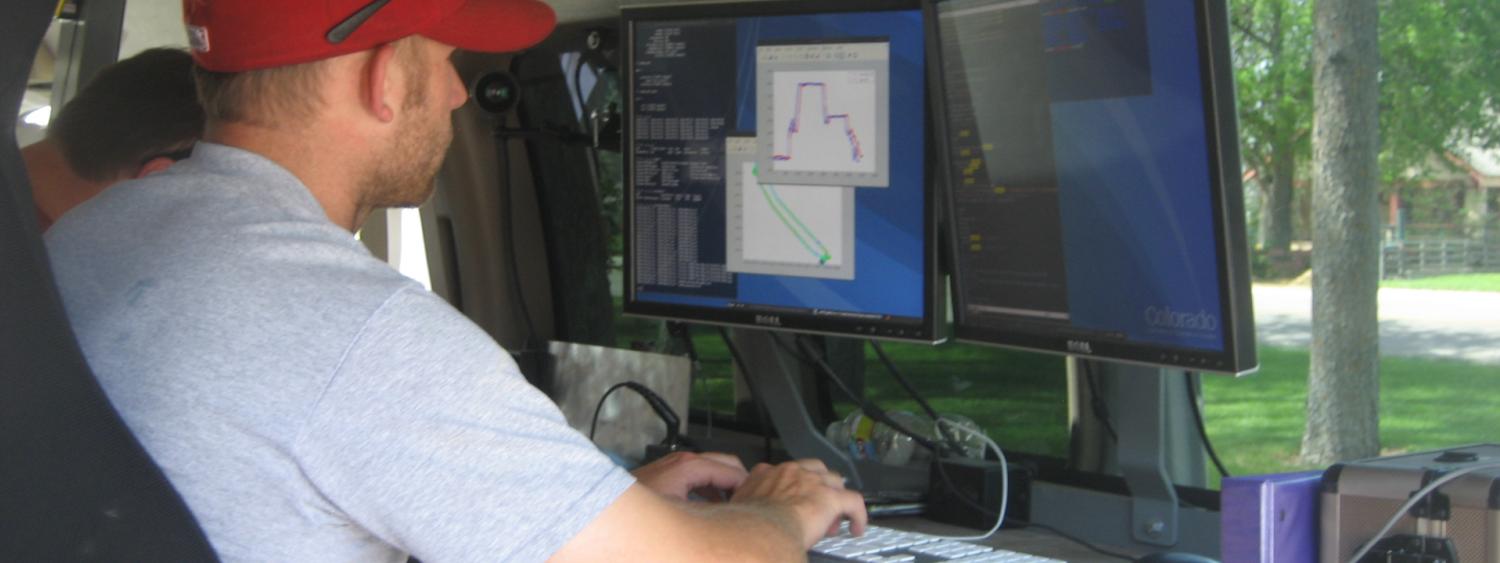The RECUV research program is supported by federal agency and industry support exceeding $1,500,000 per year. Funding agencies supporting RECUV research include the National Science Foundation (NSF), the Air Force Office of Scientific Research (AFOSR), the Office of Naval Research (ONR), the Army Research Office (ARO), the National Oceanic and Atmospheric Administration (NOAA), the National Aeronautics and Space Administration (NASA), and the Federal Aviation Administration (FAA).
Search
Research and Engineering Center for Unmanned Vehicles










